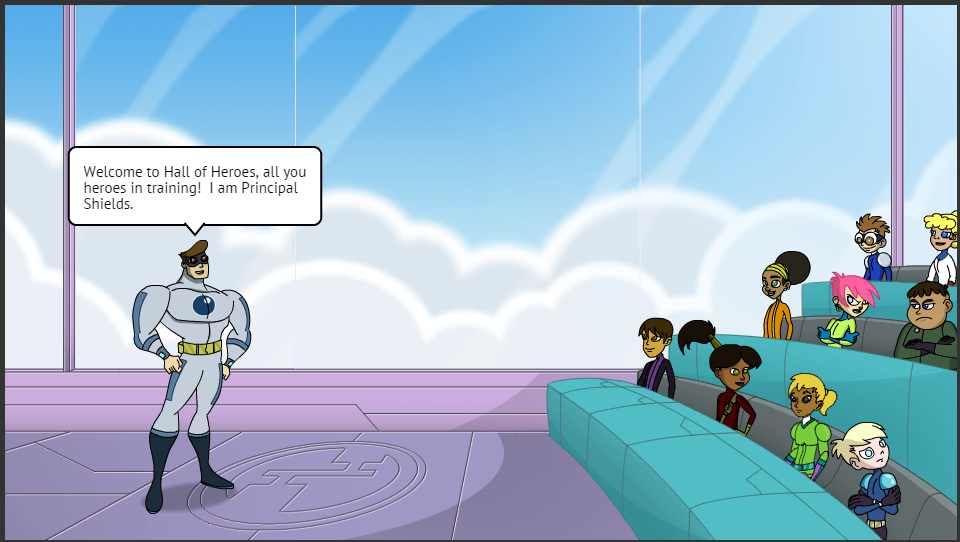Engaging for students
Students navigate a virtual school, engaging with other middle-school characters to solve realistic social challenges. The software dynamically adapts content to individual students.
Real-time reporting
Hall of Heroes measures student performance via embedded metrics and assessments on key concepts and strategies. Educators can generate reports showing learning trends and suggesting additional strategies.




